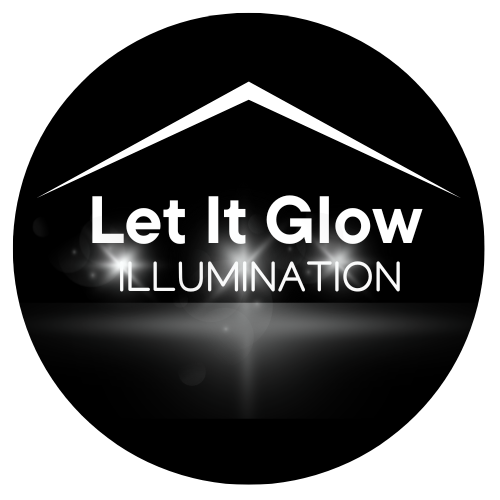Up-lights vs. Downlights: A Guide to Landscape Lighting
When designing your outdoor lighting, the choice between up lights and downlights can significantly impact the overall ambiance and functionality of your space. Understanding the differences between these two types of lighting can help you create a beautiful and effective illumination scheme.
Up lights: Illuminating Upward
Up lights are fixtures that project light upward, illuminating trees, buildings, or architectural features. They are often used to create dramatic effects, highlight specific elements, or add a sense of mystery and intrigue to your landscape.
When to use up lights:
To highlight trees, shrubs, or architectural details.
To create dramatic shadows and silhouettes.
To add a sense of mystery or intrigue to your landscape.
Where to place up lights:
Near the base of trees, shrubs, or buildings.
In hidden locations to create a dramatic effect.
Downlights: Casting Light Downward
Downlights are fixtures that project light downward, illuminating pathways, walkways, or ground features. They are often used to provide safety and security, as well as to create a welcoming and inviting atmosphere.
When to use downlights:
To illuminate pathways, walkways, or driveways.
To provide safety and security.
To create a welcoming and inviting atmosphere.
Where to place downlights:
Along pathways, walkways, or driveways.
In trees or shrubs to create a canopy effect.
Downlighting and Dark-Sky Initiatives
One of the significant advantages of downlighting is its ability to help maintain dark-sky initiatives. By directing light downward, downlights minimize light pollution, which can disrupt the natural night sky and impact wildlife. This makes downlighting a more environmentally friendly choice for outdoor lighting.
Combining Uplights and Downlights
For the most effective and visually appealing landscape lighting, consider combining up lights and downlights. Up lights can be used to create dramatic effects and highlight specific elements, while downlights can provide safety, security, and a welcoming atmosphere. By carefully planning the placement and direction of these fixtures, you can create a beautiful and functional outdoor lighting scheme.
The choice between up lights and downlights depends on your specific needs and design goals. By understanding the differences between these two types of lighting, you can select the best fixtures to create a stunning and functional outdoor space. Remember to consider factors such as safety, security, and environmental impact when making your decisions.

